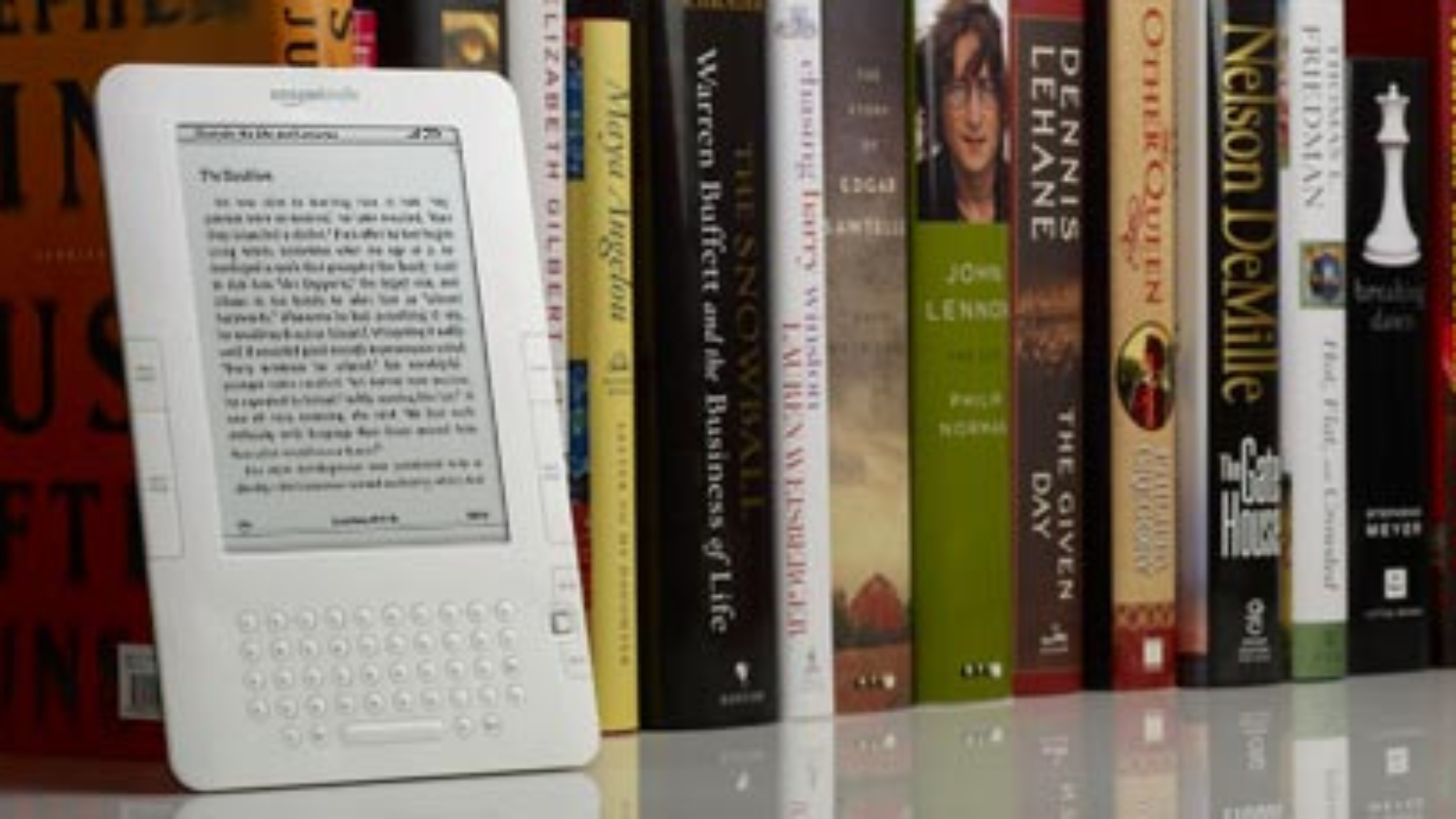Part IV of "Archiving in the 21st Century." Read parts I, II and III.
By Anais Borja
There are few writers more qualified to write a 300-line electronic poem programmed to erase itself after its first use than William Gibson, the so-called “noir prophet” and progenitor of the term “cyberspace.” Agrippa (a book of the dead) was written on a 3½-inch diskette on a 1992-era Mac computer running the System 7 operating system and described by Gibson to Details magazine the year it came out as intended to make
“the reader uncomfortably aware of how much we tend to accept the contemporary media version of the past. You can see it in Westerns, the way the 'mise-en-scene' and the collars on cowboys change through time. It's never really the past; it's always a version of your own time.”
Agrippa’s publisher Kevin Begos describes the work as fundamentally the choice between two types of experiences: either owning it or being part of it. Perhaps despite himself, Begos recently contacted Kirshenbaum and his team to loan them the original diskette for forensic analysis and to see if they could “duplicate the program and then reverse engineer it.” As Kirschenbaum related to the audience at the Ransom Center’s “Usable Past” conference, his team succeeded in creating an “image of the original program…a bit stream copy of the original application” that he could play before their very eyes. As he describes it, the emulator is essentially a virtual machine that is “duplicating, emulating the original chip set on a Macintosh early 1990s running system 7.”
The playback mechanism of this kind of “total emulation” suggests that the artifacts of future born-digital literary archives and electronic works of art might feel about as experiential as a videogame. Currently underway, the Preserving Virtual Worlds project, funded under the National Digital Information Infrastructure Preservation Program (NDIIPP) and administered by the Library of Congress, explores “methods for preserving digital games and interactive fiction.”
If the future of literary production is increasingly interactive, collaborative, and user-driven, the shape and experience of the future literary archive might be that it could look a lot like the 1993 multi-player first-person shooter video game DOOM. Henry Lowood, co-Principal Investigator of the "Preserving Virtual Worlds" project at Stanford, specializes in the historical documentation of virtual worlds. In his forthcoming essay “Video Capture: Machinima, Documentation, and the History of Virtual Worlds,” he describes how players of the first-person shooter, multi-player Internet-based computer game DOOM participate in a typical culture of game-based replay or demos that both showcase a talented player’s competitive skill set and serve as a tutorial for peers to enhance their own. What is fascinating is that these demos are played from a first person perspective (perfect provenance) and the so-called “perfect capture” of these “in-game recording sessions” achieve not only perfect context and perfectly emulated play without degradation, but are also accessible from remote points of access on Internet. Forever.
As Lowood notes, Chris Crosby, aka NoSkill, was the pioneer DOOM player known as “Doomgod” among his peers. In 2001, he died in a car crash. His memorial site features NoSkill’s famous demofiles that were originally recorded from May 1995 to April 1996. If you download any demofile to the correct version of the now obsolete game, you are can effectively play NoSkills at his own game. In a sense, the digital memorial is a direct response to the first message conveyed over Claude Chappe's 18th-century “mechanical Internet”: "If you succeed, you will bask in glory” and Morse's 19th-century trans-Atlantic telegraph line: “What hath God wrought?"
As Vannevar Bush described his proto-Internet “memex:” “All our steps in creating or absorbing material of the record proceed through one of the senses—the tactile when we touch keys, the oral when we speak or listen, the visual when we read. Is it not possible that some day the path may be established more directly?” In the context of an increasingly collaborative and interactive born-digital world, the future of literary archives—like the future of the global canon itself—reflects not only the shifting boundaries between amateur and professional, the creative and the mundane, but in the “end-user experience” the virtual distinction between the player, the writer and the user.
Part IV of "Archiving in the 21st Century." Read parts I, II and III.
Photo from Flickr via goXunuReviews
